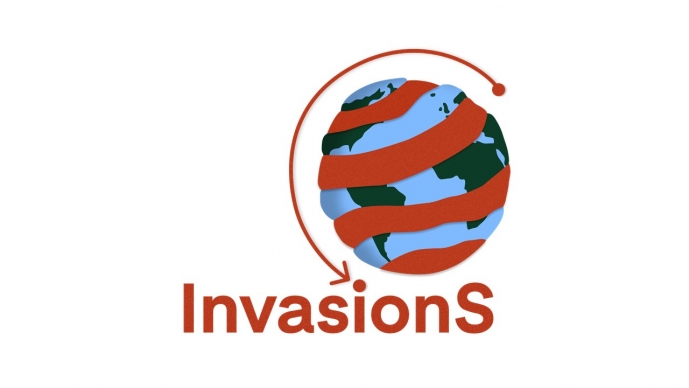Invasion Science - InvasionS
InvasionS innovates in invasion research and policy, advancing knowledge and techniques consolidating biological invasions a core research field in CIBIO-InBIO. The vision of InvasionS is based on a penta-helix model of science and innovation dedicated to (Fig1):

Figure 1. Penta-helix InvasionS vision
1. Fundamental research: Embracing a transdisciplinary approach to solidify knowledge, challenge theory, and innovate tools and databases on biological invasions.
2. Applied research: Enhancing scientific knowledge's use in real-world challenges, aiding adaptive management in society, policy, and business aligned with SDG.
3. Societal engagement: Fostering social-cultural approaches, to engage civil society and raise public awareness.
4. Advanced training: Excelence in preparing researchers, stakeholders, and decision-makers with knowledge and tools to tackle current and future invasion challenges.
5. Collaboration networks: Establishing ambitious collaborations globally, including in Africa and beyond, and achieving a profile marked by exceptional scientific publications.
InvasionS is organized into four cross-cutting, complementary, and collaborative theme areas (Fig.2)

Figure 2. InvasionS thematic lines
1. Status and Trends - understand the past, the present and the future of biological invasions.
2. Drivers and Impacts - research and applicability developed at the ecosystem and social level and their integration.
3. Policy and Society - research will also be devoted to the needs of policy, business, and society.
4. Synthesis and Future - strong dedication to synthesising knowledge and gaps, adopting a future thinking approach and thereby providing the foundations for adaptive and transformative change at the science-policy-society interface.
To achieve the goals, InvasionS will maintain collaborations with CIBIO research groups, and aligned with the BIOPOLIS strategy, strengthen colaboration with Université de Montpellier.
